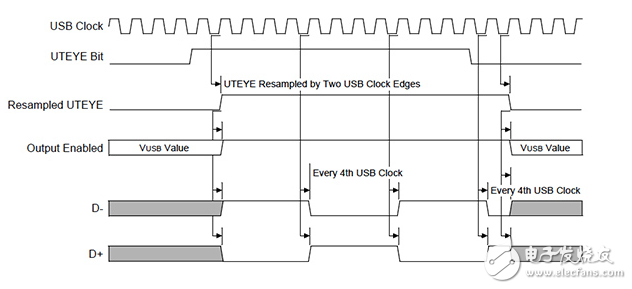
资料下载

对MCU的USB连接:这是对你的下一个设计吗?
对MCU的USB连接:这是对你的下一个设计吗?
几乎每一个现代MCU家族都有一个USB外设。由于USB是一个标准,你可能期望所有的USB实现都是一样的。如果是这样,你会惊讶于各种各样的实现符合标准,但也提供额外的功能和功能,可能只是使一个特定的MCU完美的下一个设计。本文将介绍一些差异化的USB功能,你会发现在流行的MCU家庭。一旦你了解了一些关键的差异,你可以更好地寻找实施,将提供完美的适合你的下一个设计。
USB的基本知识
通用串行总线,或USB,由于其简单的物理层接口,它的灵活性和易于集成-在硬件和软件水平,越来越受欢迎。标准化和集成的连接器可以很容易地接口一个MCU的USB电缆和通用驱动程序和应用程序接口,或API,使它很容易访问的数据和控制元素需要传输和接收信息包的USB连接。现成的参考设计,评估板和代码示例进一步简化基于MCU的实现。的USB 3.1标准近期出台,与数据信号速率高达10 Gbit/s说明标准的不断发展,可能会在很多、很多年。

USB uses an asymmetrical topology, consisting of a host at the top of the connection “pyramid” that manages the entire network. Downstream USB ports (commonly called devices or functions) all connect into the host either directly or via intermediate hubs that can extend the network in a star topology. A host may have multiple host controllers with each controller managing up to 127 ports. USB communication uses pipes, or logical channels, that connect between a host controller and a device endpoint. A USB device can have up to 32 endpoints (16 in and 16 out)。 There are two types of pipes: a stream, used for data transfers, and a message, used for short commands and status transfers. Data transfers can be either isochronous (with a guaranteed data rate), interrupt transfers (when quick, low-latency transfers are needed), or bulk transfers (typically used for file transfers where latency and data rates are not critical).
声明:本文内容及配图由入驻作者撰写或者入驻合作网站授权转载。文章观点仅代表作者本人,不代表电子发烧友网立场。文章及其配图仅供工程师学习之用,如有内容侵权或者其他违规问题,请联系本站处理。 举报投诉
- 相关下载
- 相关文章







